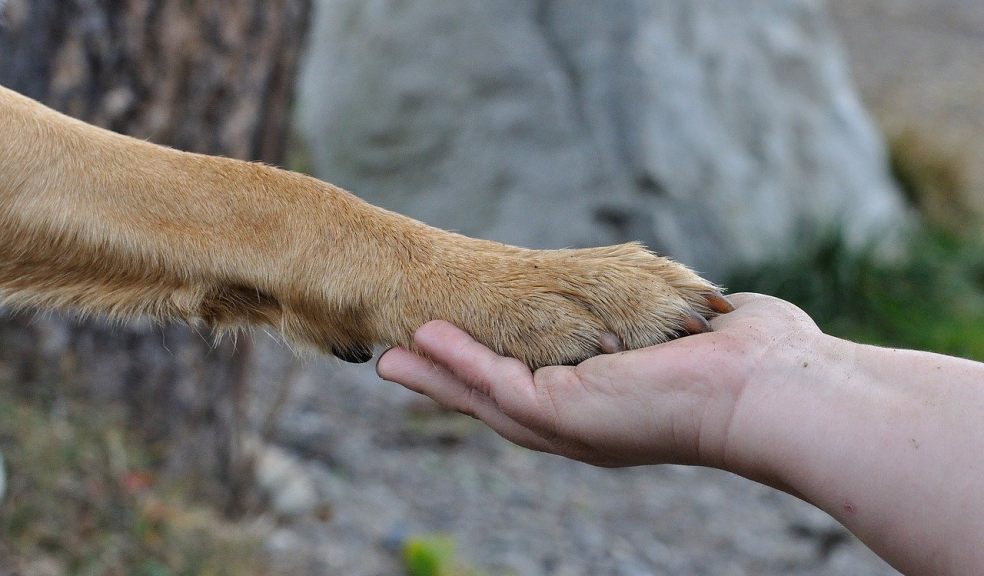
Which dog breeds are more prone to dog’s dewclaws and what must their owners consider?
Having a pet dog is fun and rewarding, but not all the time! Your pet faces the same troubles that you face, but in a different manner.
Dogs can suffer from illnesses and health issues specific to their breed and genetic circumstances. Therefore, every dog owner should inform themselves about phenomena like dog's dewclaws for example.
Dogs declaws also known as wolf claws are by-effects of evolution. You might expect to find four and five nails each on the front foot and rearfoot, respectively. But you might find more than that! This is nothing to be concerned about as extra nails are a natural occurrence. In dogs they are known as dewclaws.
The Significance of DewclawsDewclaws can be stated as one of the essential nails needed in a dog's world! Why, though?
It's because it takes the position of the thumb and big toe. While comparing our structure with theirs (that is skeletal structure) the thumb and their dewclaw would be in the same position. The same goes for the big toe in their hindfoot.
Rear and double dewclaws are the only ones that are attached to the skin and are found to be more mobile. The front one mostly would be attached to the bone.
As stated above, this dewclaw plays an important role in a dog's life.
For instance, when in motion, the front feet bend to a point where these claws touch the ground, thus helping them to get a firmer grip. This is very useful when they are running on slippery surfaces or taking turns, as it helps them create the perfect friction and stabilizes their joint bones.
The other purposes would be climbing on steep surfaces, chewing different kinds of stuff, and holding or climbing out from watery objects or surfaces. These uses are for the dewclaws that are attached to the bone. The use of the one that is attached to the skin is still in doubt.
3 Facts any Dog Owner should know about Dog DeclawsMany would suggest the removal of the dogs declaws without understanding their importance. They assume that this would reduce the pain and any sort of possible injuries. Even though the statements which they use to prove this point are true, there are many things that owners should think through before doing so.
Fact #1: Just like our nails, these dog nails need to be trimmed. But most people do not do the same, thus leading to injuries for both the owner as well as the dog.
Fact #2: These dog dew claws grow close to the skin. Thus, the chances of them getting infected are higher. But unlike the other kinds of infections, you won't be able to notice it until such infections spread or worsen. Hence, most of the time people urge owners to get the dewclaws removed.
Fact #3: But the fact that dewclaws are proven to be useful is something that should be on the minds of all dog owners. These claws are attached to the tendons, and once removed, there would be muscles that won't move. Due to this, there would be an overall imbalance, causing the dog to become less active and possibly obese.
6 Dogs Breeds More Prone to this Genetic EvolutionAs it stands, all breeds have dewclaws on their front legs, but not all have them on their back legs. Here are some breeds which do have them on both:
- The American Pitbull is known for its energy as well as its playfulness. These dogs use their claws and dewclaws for holding toys, running, and climbing. They are often used as guard dogs as they can be trained and disciplined.
- The Catalan Sheepdog uses its dewclaws for various purposes like running, pulling, and even digging. They are friendly, active, and energetic animals that require a lot of space to roam.
- The St. Bernard, a most loved giant, has dewclaws on both back and front legs. They use their dewclaws mainly for gripping slippery surfaces to support themselves.
- The Norwegian Lunde Hund has six toes per paw, and two dewclaws on each paw. Moreover, they are double-jointed in one of their toes. These dogs use their claws for a firm grip and for carrying their heavy body.
- The Great Pyrenees has one dewclaw on each hind leg, and they usually have two on the front paw They were used as a watchdog for livestock in ancient times. They are great with children, loyal, and friendly. They require a lot of exercise and are still used as a watchdog.
- The Cão Fila De São Miguel is from the Azores and was used for different herding responsibilities. These dogs are good guard dogs as they are very loyal to their owners and family and very aggressive to strangers. This cute breed has great stamina with the compact body of a pooch and hind leg thumbs that support with making fast movements.
If you own any of these dog breeds, ensure you regularly check their dewclaws or have a veterinarian check them if you’re concerned. However, as all dog breeds with different lifespans have them on their front legs, it is worth being informed about them and keeping an eye on them.













